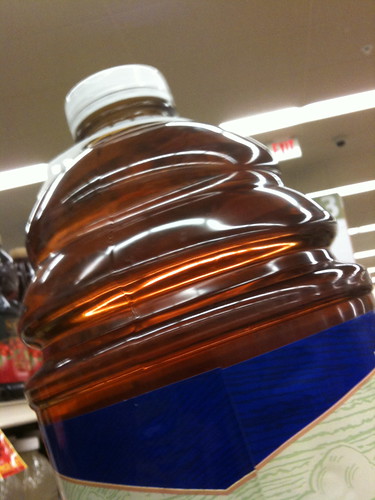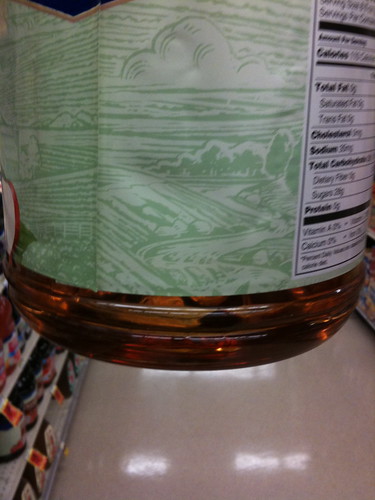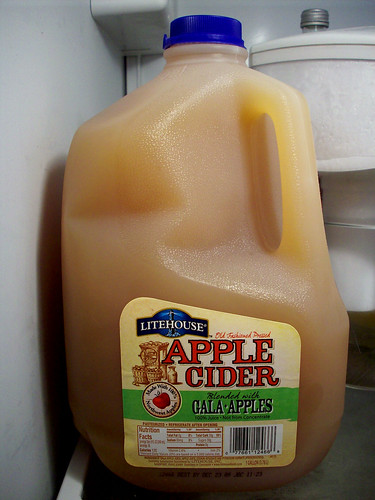I grew up in northern Pennsylvania, a region that's both rich in and respectful of its apples. The end of summer always meant endless bushels of fresh, locally grown apples. It also meant weekly trips to the historic cider mill, where the apple cider was fresh-pressed and free of preservatives. You'd never find a more crisp, flavorful glass of cider.
The first couple of years after I moved to L.A., cider was impossible to find. The products labeled "cider" would have been laughable if they weren't so insulting. Clear, tan, sugar-infused liquid - in other words, apple juice. A completely different look, feel, and taste than real cider. I'm not sure why they're allowed to call apple juice "cider." You can't put orange juice in a bottle and sell it as pomegranate.


Real cider is taken directly from pressed apples. Sure, these days everything has to be pasteurized. But otherwise, it's left alone. You know you're looking at real cider if it's too thick to see through, and has sediment built up at the bottom of the container. (Shake before serving.)

Eventually, I was able to find a couple different brands of real cider down here in SoCal. They are, of course, full of preservatives, and the flavor is greatly diminished. But they're functional, and they're a great seasonal replacement for the more widely-available juices I drink the rest of the year.
***************
TOMORROW: The real real cider. A recent article in Slate.com alerted me to the fact that what we call cider is, in actuality, not the cider that our forefathers drank. Read the Slate article now, and come back tomorrow for a look at this variety of cider.





No comments:
Post a Comment